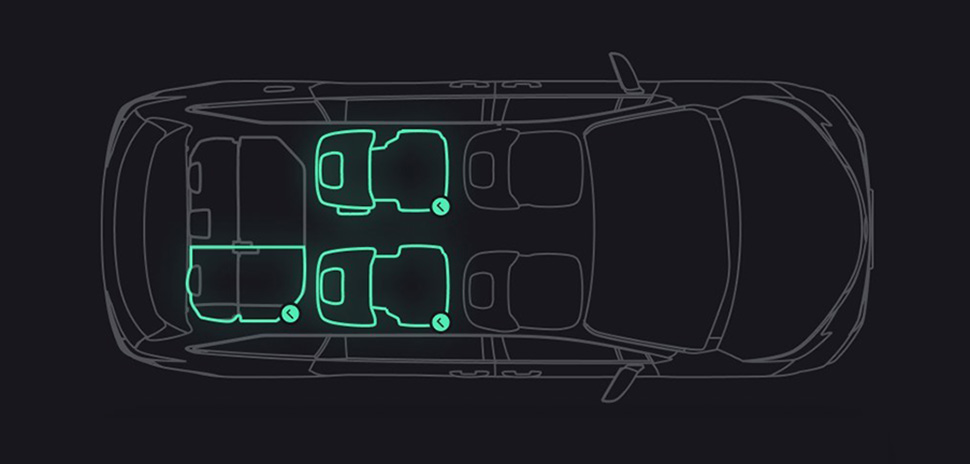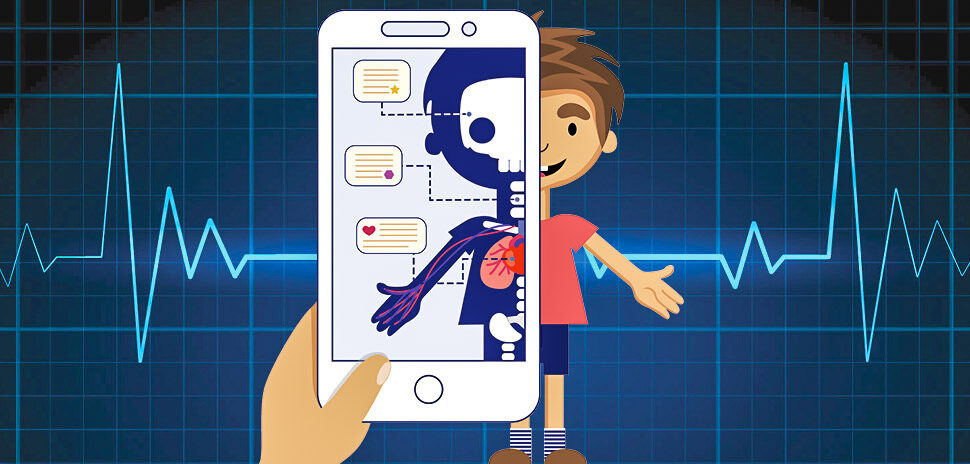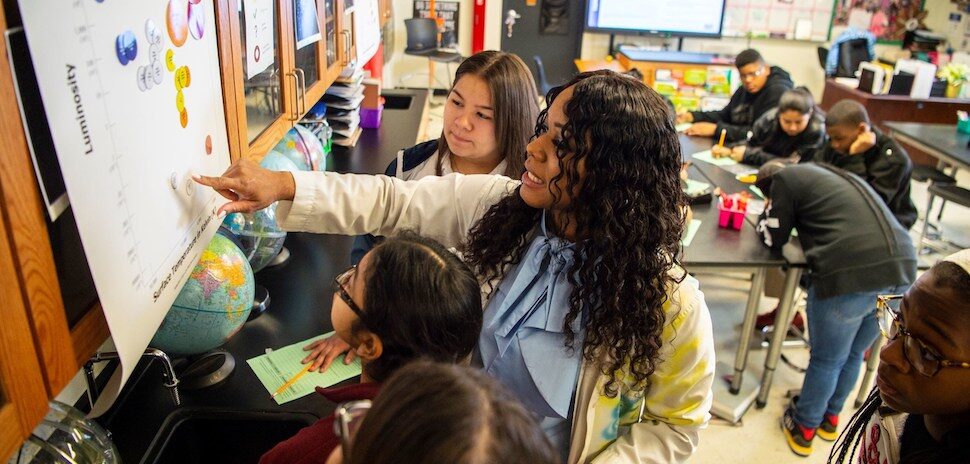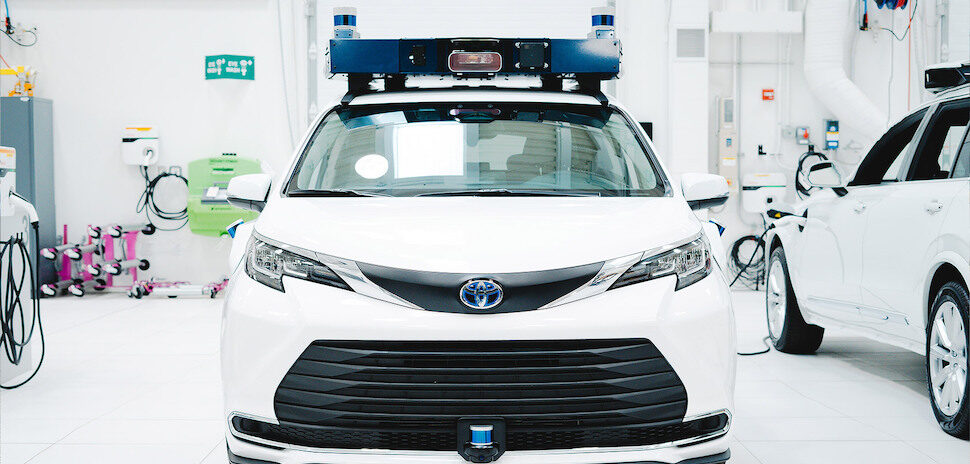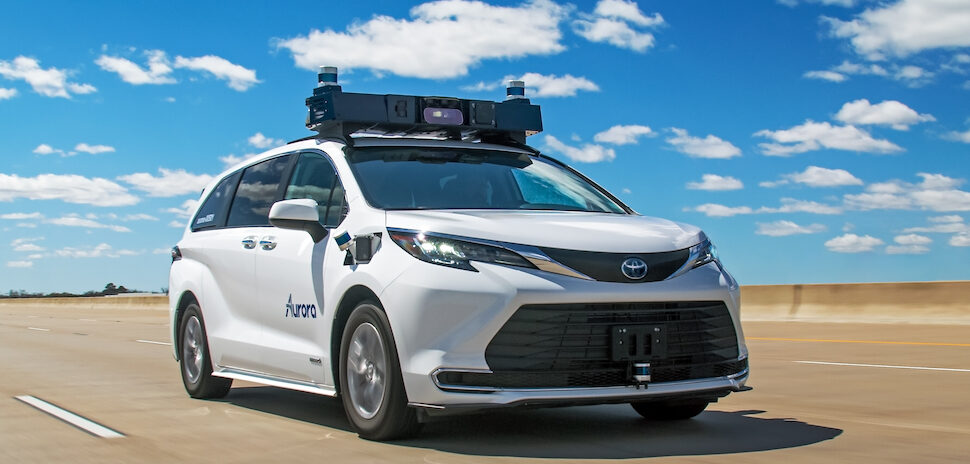The heartbreaking headlines get more frequent with every summer’s arrival: a child left in a hot parked car has died of heat stroke. In 2021 alone, 23 U.S. kids died from heat stroke after being left in vehicles, according to the nonprofit Kids and Cars.
Plano-based Toyota Connected North America hopes to help end those stories forever with a new patent-pending concept: Cabin Awareness, a technology using millimeter-wave, high-resolution 4D imaging radar. The radar helps detect occupants—including certain pets—in vehicles and has the potential to detect them if they’ve been left behind.
The radar sensor is mounted out of sight above a vehicle’s headliner and can detect the presence of a “life form” in the vehicle, even after the driver exits.
‘Sensing micro movements’
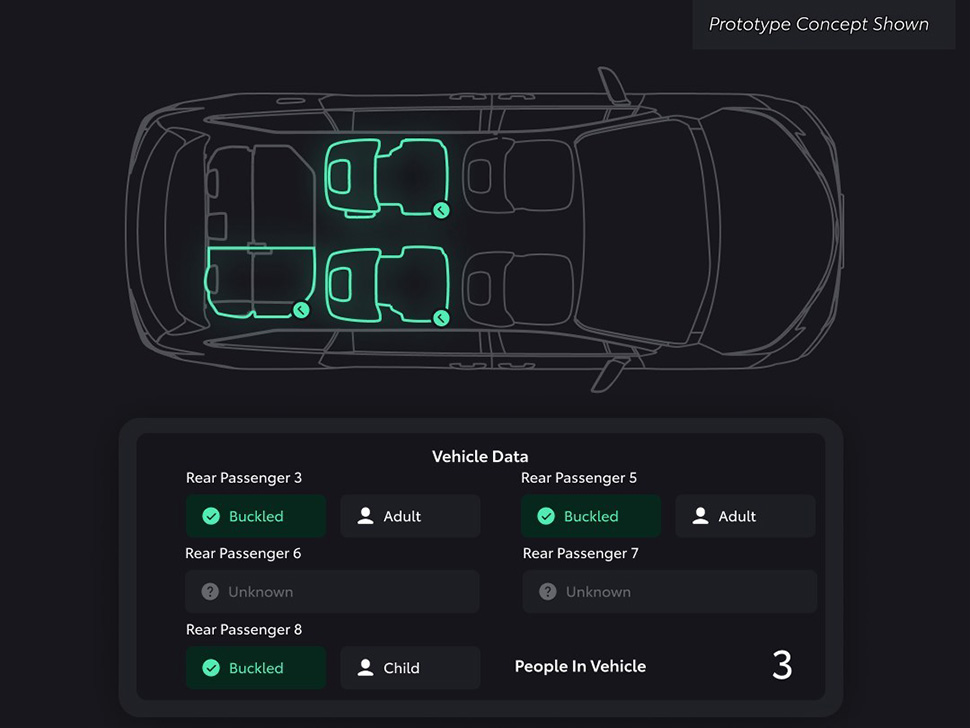
Toyota Connected ‘Cabin Awareness’ Concept Uses New Tech to Detect Occupants [Diagram: Toyota Connected North America]
The Cabin Awareness concept works by sensing “micro movements” like a heartbeat, motion, and respiration of occupants across three full seating rows, the cargo area, and footwells.
The tech classifies all occupants according to size, posture, and position, supporting advanced safety applications. Toyota says its platform provides “robust sensing” even if the occupant is a baby covered by a blanket. In that scenario, a passerby wouldn’t know a baby was in the car, but Cabin Awareness would have the capability to detect it.
Current technologies like weight sensors can be prone to false alerts and mis-detects, Toyota says, and cameras can be limited by blind spots. While other vehicle interior radar systems currently exist, Toyota says they have a limited range of passenger detection.
The potential to save lives
On average, one in four children who die in a hot car has climbed inside while it’s unattended or not operational. And it’s not just summer when this happens: a car’s interior can reach 125° F in minutes even when the outside air is as low as 60° F.
Children’s body temperatures rise three to five times faster than adults, studies have shown. If they’re left in a vehicle during the summer, the inside cabin temperature can reach dangerous levels in just 10 minutes. That’s what makes technology like Cabin Awareness so critical.
“Toyota Connected’s talented software engineers and data scientists are leveraging cutting-edge technology to bring innovation and advanced technologies to customers’ vehicles,” said Zack Hicks, CEO and president, TCNA and EVP and chief digital officer, Toyota Motor North America, in a statement. “We’re extremely proud of our efforts to take this idea from the drawing board to a full-blown concept, and, hopefully, developing a technology that has the potential to save lives.”
Testing the tech soon in Arlington
Currently, the new tech is officially just a “concept.” But a Toyota partner, May Mobility, is giving it a real-world trial. The autonomous-vehicle company is testing Cabin Awareness in its fleet of Toyota Sienna AutonoMaaS (Autonomous Mobility as a Service) minivans at its Michigan headquarters. It will soon begin testing the tech in public AV deployments in Arlington as well as in Ann Arbor, Michigan. Additional deployments will be coming in late 2022.
Recently, May Mobility announced that a portion of its fleet will be modified to become ADA-compliant and accommodate passengers in wheelchairs.
“As we move closer to driver-out operations next year and continue to scale our global business with more public AV deployments, technology like the Cabin Awareness concept is essential for our riders,” May Mobility CEO Edwin Olson said in the statement.
Sending alerts when a passenger is left behind
The Cabin Awareness concept currently provides an array of warnings to help alert the driver—and potentially, passersby—to check the back of the vehicle if a living being is detected.
First, a warning light flashes on the dashboard. Then the horn honks and emergency lights flash. After all these early warnings, the owner may get a notification on their phone through the Toyota app, as well as text messages.
Toyota says Cabin Awareness can even send alerts through smart home devices, or send text messages to designated emergency contacts assigned by the primary user. Further alert options include having Toyota’s Safety Connect emergency assistance system contact first responders through the integrated SOS vehicle function.
The development team is continuing to explore additional notification alerts, including vehicle-to-vehicle (V2V) communications and the incorporation of smart infrastructure retail signage.
Inspired by NASA space tech
The inspiration for the Cabin Awareness concept came from microwave radar technology created by NASA’s Jet Propulsion Laboratory, Toyota says. The NASA tech supported underground rescues after a 7.8-magnitude earthquake struck Nepal in 2015. NASA engineers and rescuers were able to detect human breathing and heartbeats under more than 30 feet of rubble, helping responders know where to dig to rescue them.
“NASA’s use of radar technology was inspiring,” said Brian Kursar, CTO at TCNA and group VP, CTO, and and chief data officer at TMNA, in the statement. “The idea that you can listen to heartbeats using contact-less technology opens up new possibilities to give Toyota the potential to produce a service that is beneficial to the evolution of our in-vehicle services.”
For parents, shuttle operators and more
One future use of the new tech is for parents to be notified when their children have completed an autonomous shuttle ride. An autonomous shuttle may also delay driving to the next stop if it senses someone is still in the vehicle who shouldn’t be, Toyota says.
“The key difference with this system is the improved resolution and accuracy, full-cabin detection, and scope of functionality Cabin Awareness provides,” said Simon Roberts, a managing engineer at TCNA who’s led the development process. “With the precision of these sensors, we’re designing Cabin Awareness with the aim of reducing false positives and false negatives.”
Born out of a hackathon
The idea for Cabin Awareness came back in 2019 during the inaugural Toyota Connected Hackathon, a 36-hour innovation event that challenged teams of software designers and engineers to develop and test real-world solutions. After winning at the hackathon, the idea quickly grew support within Toyota, enabling Roberts to assemble a team of engineers and further develop the tech.
After evaluating multiple millimeter-wave suppliers, Toyota’s team began working with Vayyar Imaging’s in-cabin monitoring platform.
Vayyar’s high-resolution, single-chip, 4D imaging radar “is the only solution on the market that has the capability to monitor an entire vehicle cabin with a single sensor,” Toyota says— providing “exceptionally dense point cloud imaging.”
![]()
Get on the list.
Dallas Innovates, every day.
Sign up to keep your eye on what’s new and next in Dallas-Fort Worth, every day.










